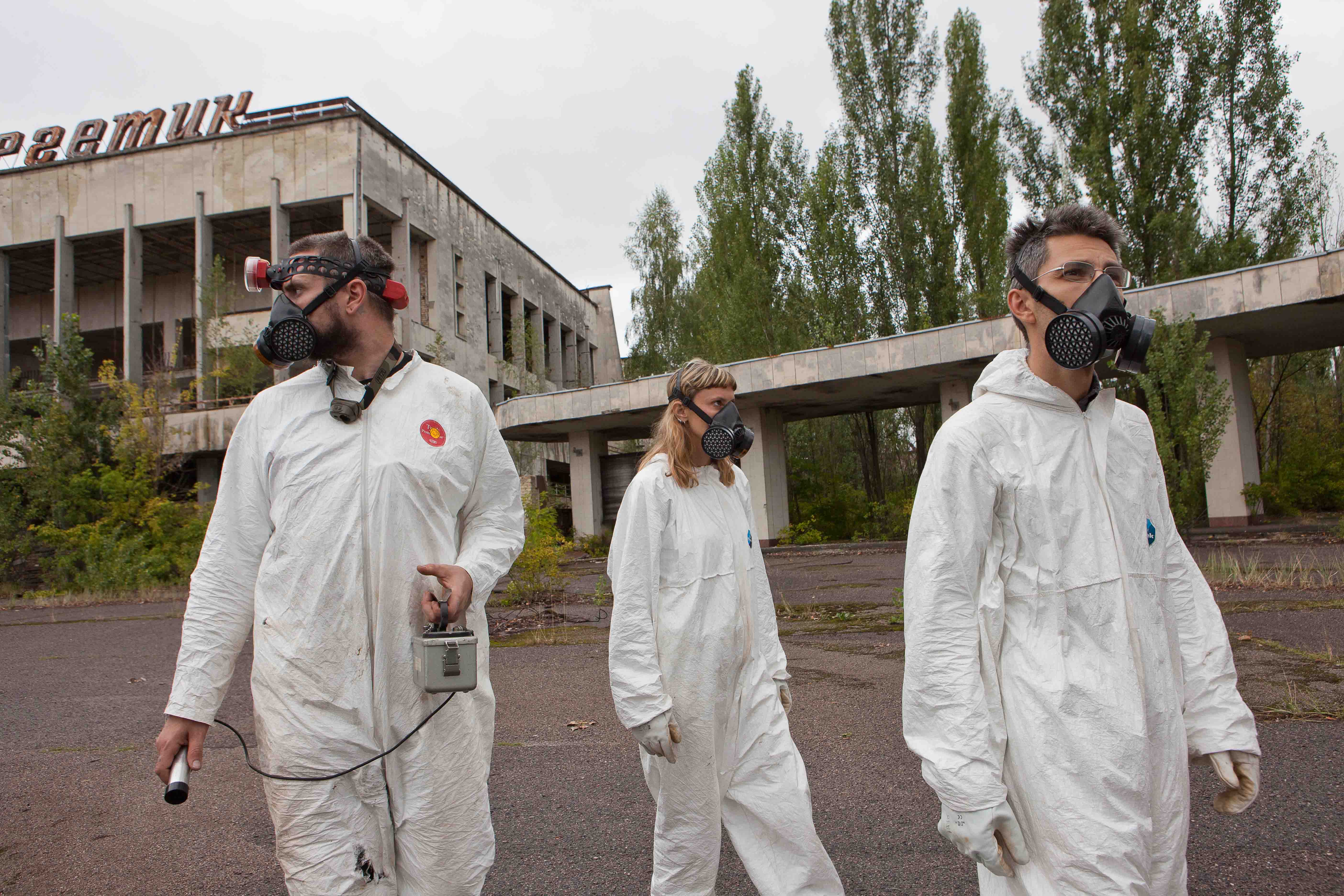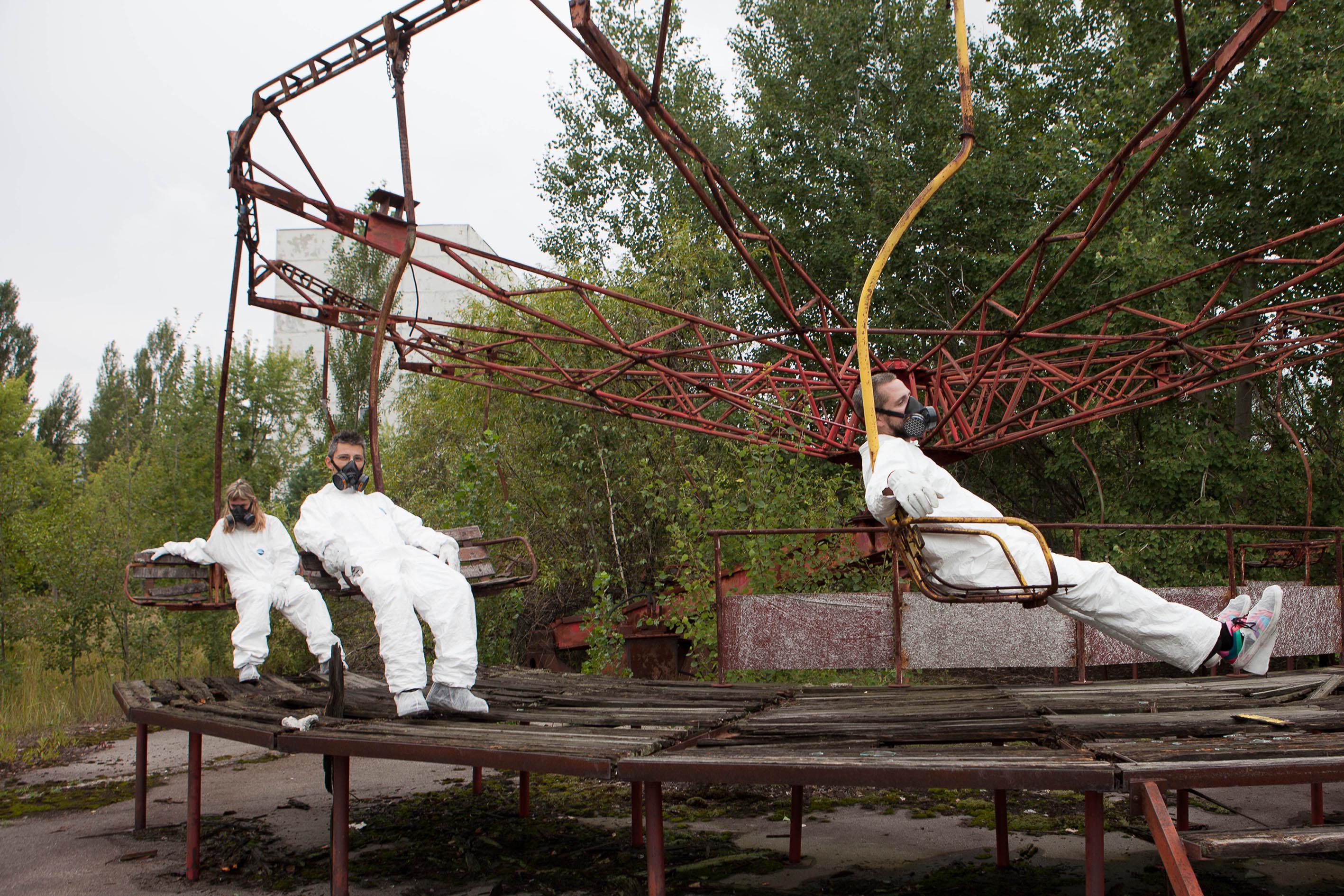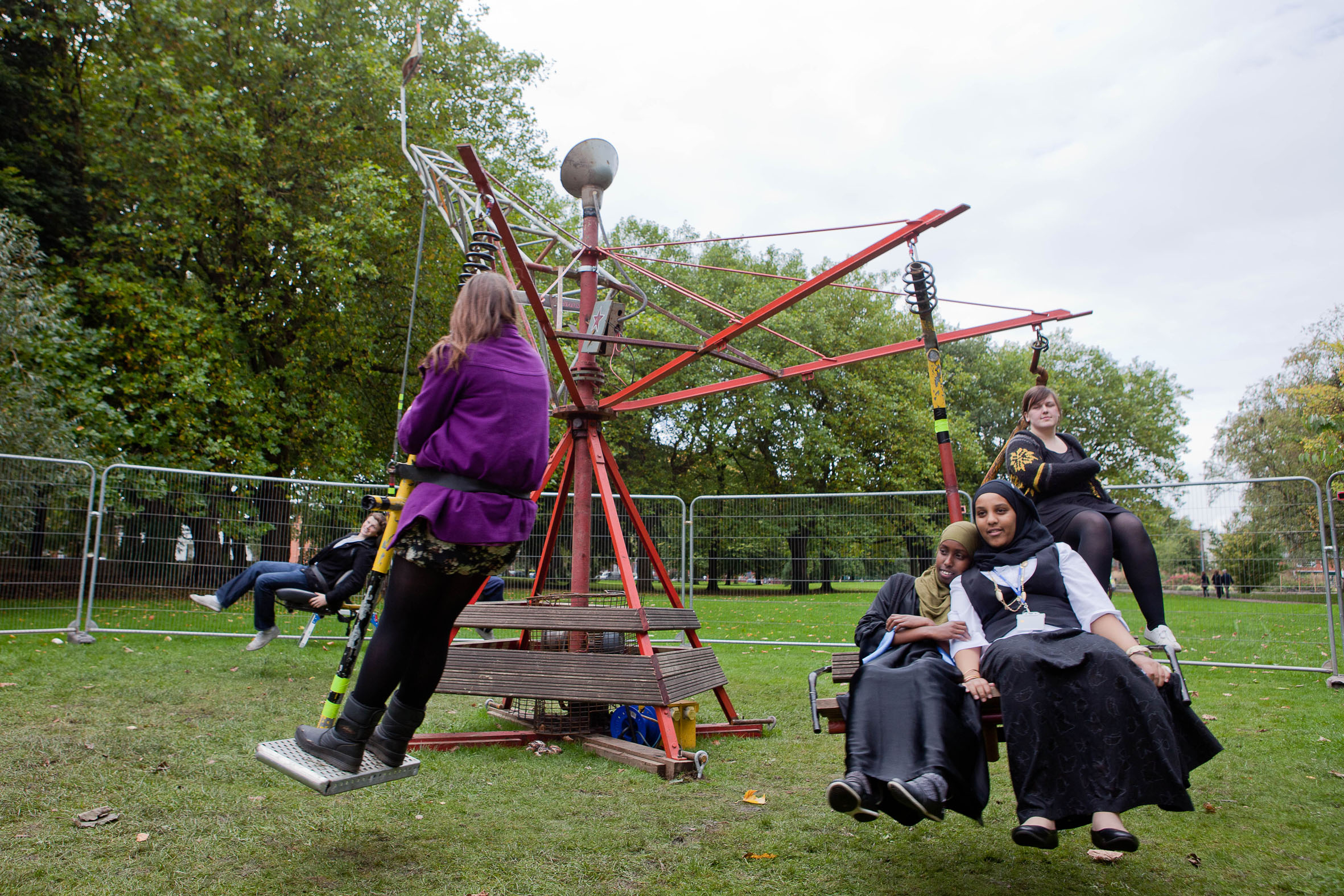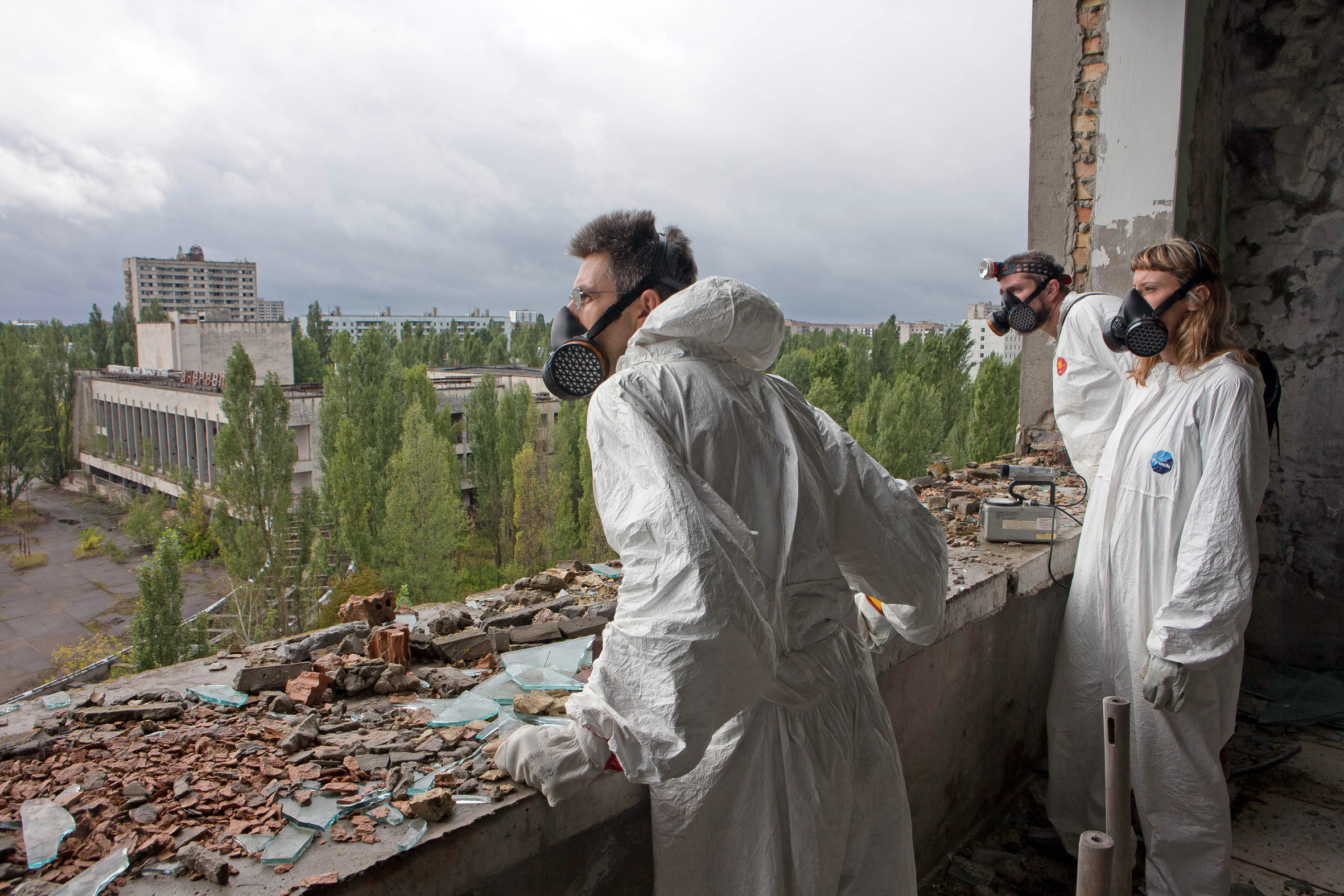Wow and Flutter
Jenny Brady
Wow and Flutter
2013, 13’03”
21 April – 27 April 2015
Synopsis
A portrait of a magnificent bird formed over the course of three acts employs strategies of translation, performance and rhetoric to ‘give voice’ to its central protagonist, only to reveal a troubling anthropocentric bind. Drawing on research into the thirty year scientific collaboration between animal cognition scientist Irene Pepperberg and an African Grey she trained in elements of human language, Wow and Flutter considers the various forms of displacement often at play in our understanding of animals. It features a score made in collaboration with musician Andrew Fogarty, which uses a mixture of field recordings, electronics and found material to conjure a unique sound world.
Wow and Flutter at VIDEONALE.15
“»I have acquired English«. The white cockatoo stands out against the black background. »You might think what use are words to a bird?« »I’m lost«. At no time does the bird articulate these words itself. Sentences are laid in its mouth by subtitles. Does it not want to speak or can’t it? Who is the originator of these noises, this speech? Is the cockatoo lost or are we? To what extent does spoken communication function between man and beast? A setting, made by people. The beast confronted by…[read full text here].”
Courtesy VIDEONALE.15 and Marcel Schleyer,
Bio
Jenny Brady works with the moving image to explore ideas around translation, perception and language. She completed an M.A in Visual Arts Practices, IADT in 2010 and recent presentations include Primal Architecture: Roadkill at IMMA, Pallas Periodical Review #4, Wade-In curated by Chris Clarke, EVA International 2014, Limerick curated by Bassam El Baroni, Images Festival 2014, Toronto, Futures ’13 RHA, Dublin, TULCA Golden Mountain (2013), curated by Valerie Connor and Make Shift (2013) Talbot Rice Gallery, Edinburgh curated by Modern Edinburgh Film School. She will present her work at Videonale 15 at the Kunstmuseum Bonn and she is currently working on the Curatorial Team of PLASTIK Festival of Artists’ Moving Image.
She has undertaken commissions for Dublin City Council (2013) and Mayo County Council (2012). Recent awards include Visual Arts Bursary Award (2014), Arts Council Project Award (2013), Travel and Training Award (2014, 2013,2012) and Visual Arts bursary (2011). Her work features in the Arts Council collection.
Links








